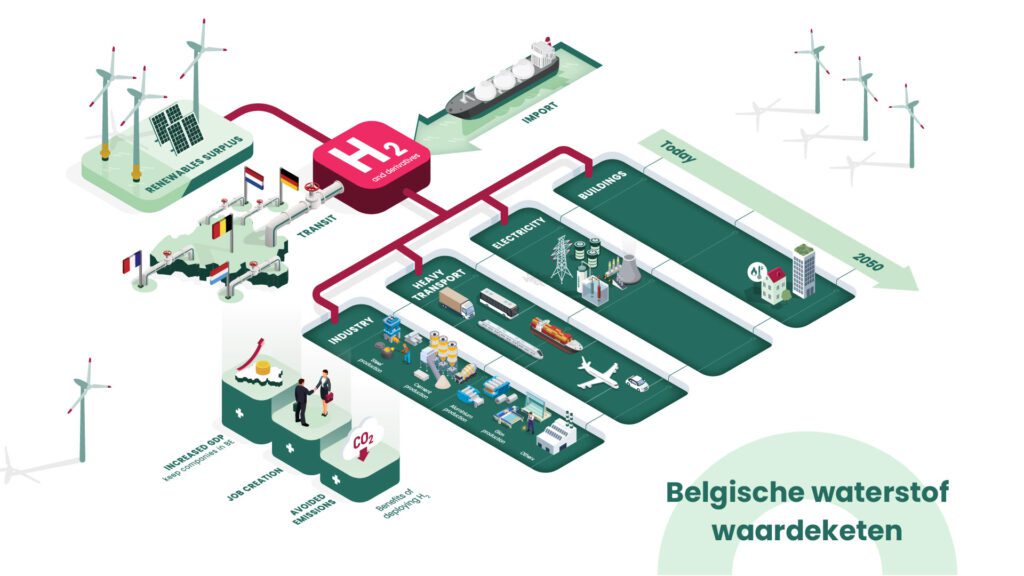Up to 42%, or around 22 megatonnes, of the EU’s total hydrogen demand in 2050 could be met in European port areas. This is according to the first report of a study carried out by Deloitte Belgium for the Clean Hydrogen Partnership.
The Clean Hydrogen Partnership is a unique public-private partnership supporting research and innovation activities in hydrogen technologies in Europe. European ports are expected to play a crucial role in the development of the European hydrogen market by 2050. Firstly as hubs for energy transit and secondly as investors in dedicated infrastructure for hydrogen production, import, storage and distribution.
To meet the 2030 targets, the European Union – through the REPowerEU plan – will need to significantly, even radically, accelerate the development of infrastructure for the production, import, conversion, storage, transport and consumption of hydrogen at ports. According to REPowerEU, the EU would increase renewable hydrogen production to 20 megatonnes of hydrogen per year by 2030.
European Roadmap
“Accelerating hydrogen infrastructure in ports and their capacity as hydrogen transit ports is an important step towards building the hydrogen economy and our study clearly shows this,” said Bart Biebuyck, Executive Director of the Clean Hydrogen Partnership. “With ports and coastal industrial areas expected to account for 42% of the EU’s annual hydrogen demand, we need to work together to develop a European Hydrogen Ports Roadmap that can unlock the full decarbonisation of port areas.”
Belgium among the biggest hydrogen consumers
Hydrogen demand in European port areas will be driven mainly by industry and international shipping (accounting for 42% and 31% of total demand in port areas in 2050, respectively). According to the study, the largest hydrogen consumers, Belgium, the Netherlands, Denmark and northern Germany, will rely heavily on imports of green and blue hydrogen from North Africa (Morocco, Egypt, Algeria), the Middle East (Oman, Saudi Arabia, Qatar) and beyond (e.g. Australia). Hydrogen exports and imports can also be expected within Europe, e.g. from Spain to France.
Dashboard for port authorities and operators
The specific findings and action points for each of Europe’s 427 seaports and inland ports are presented in a dashboard that can be accessed online. The dashboard provides port authorities and other port-related stakeholders with insights into the potential demand for hydrogen within their port ecosystem, the CO2 reductions, where and at what cost this demand could be met, and what infrastructure and investments are needed to unlock the full potential of the hydrogen economy in each individual port.
This post first appeared (in Dutch) on Flows April 13, 2023.
Based on the Clean Hydrogen Partnership’s Press Release
Image credit: Clean Hydrogen Partnership


